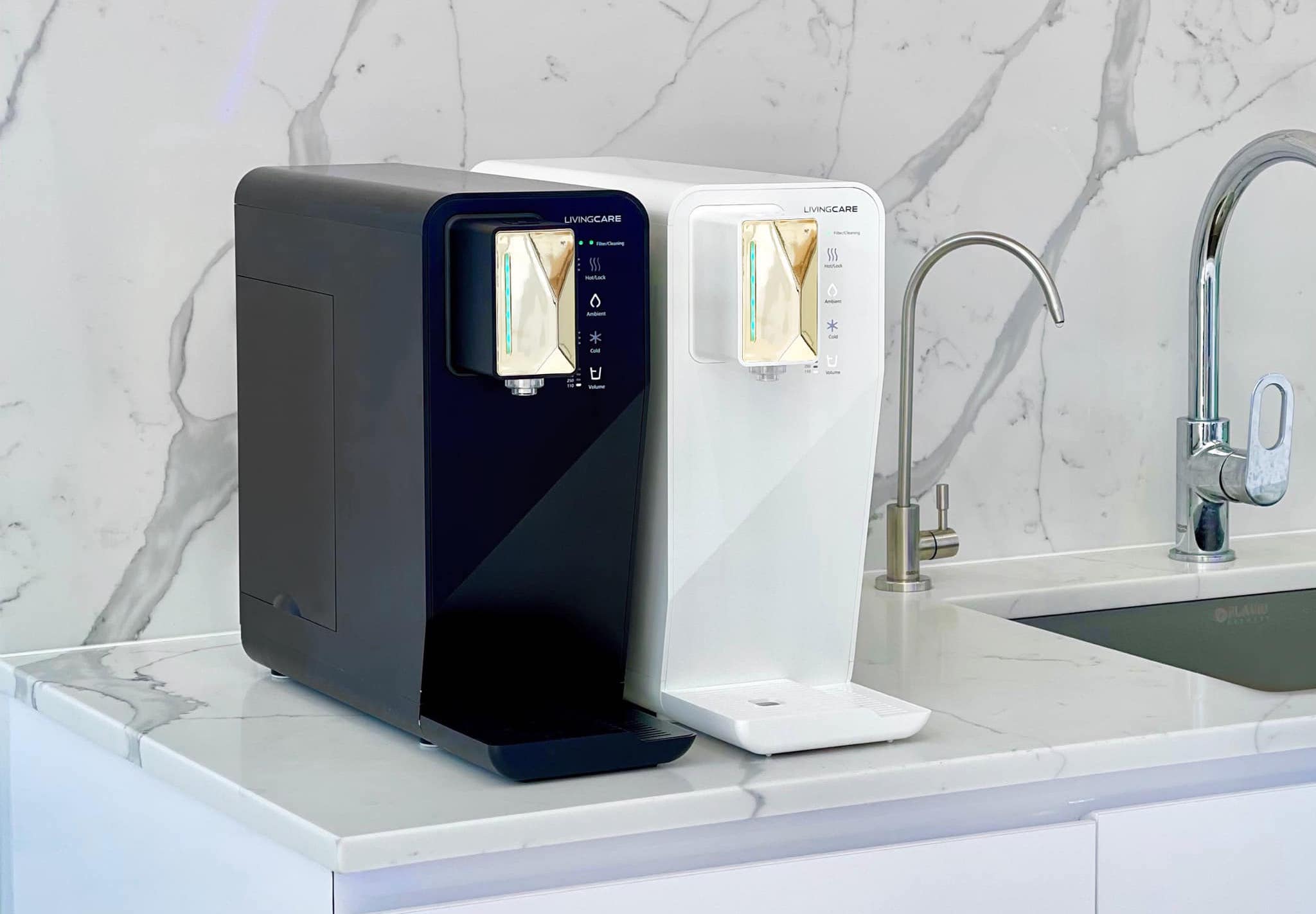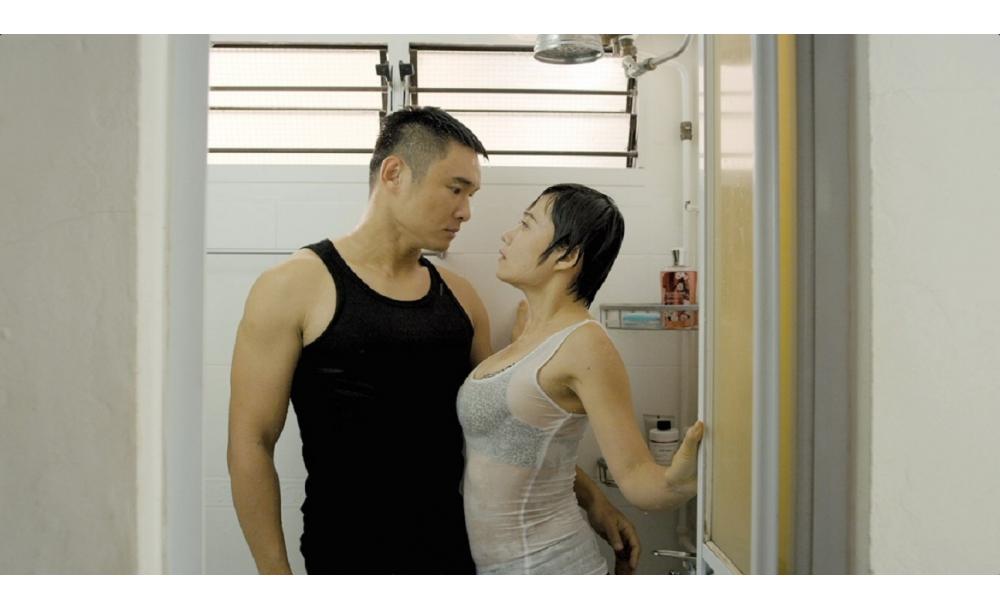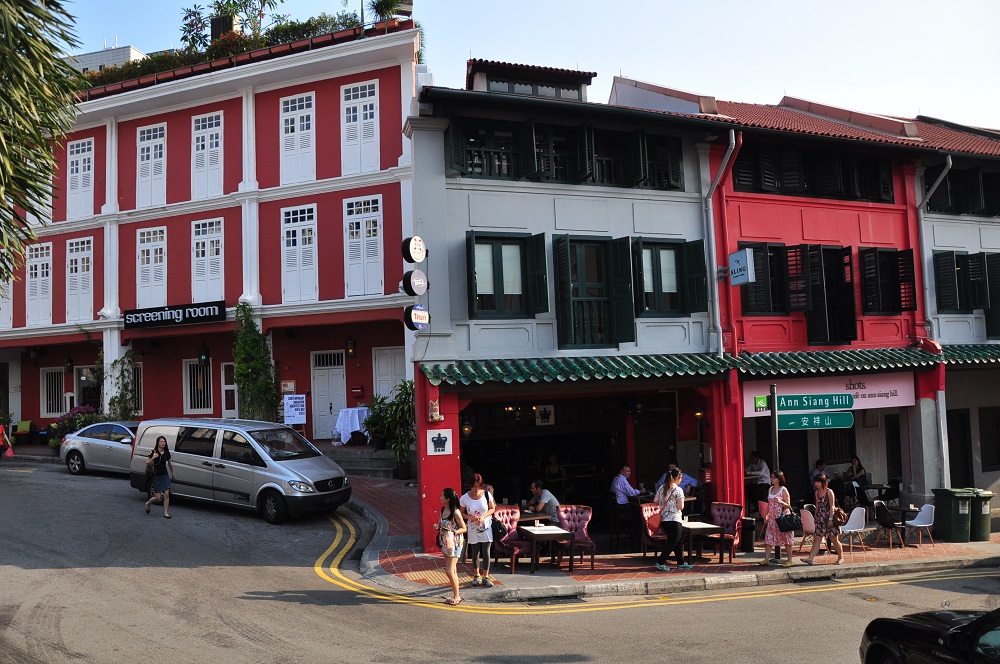Singapore is one of the most densely populated countries on the planet, and the challenge of accommodating so many people in such a small area has created a unique cityscape – even if we aren’t always aware of it. Meng Lim has been recording these unseen faces and facades with his project, Residensity. Here, he discusses community spirit, the pursuit of vantage points and the loss of long corridors.

Drawing inspiration from Michael Wolf’s Architecture of Density where he features Hong Kong’s dense urban population, I set out to create my own take on this. I think we’ve mostly grown up in HDB flats, at one point in time. For me, having started out in landscape photography, it was a natural documentation as the landscape in Singapore is made up of dense structures, be it for work or for living. As we ramp up trying to fit so many people into one space, the landscape changes, and as photographers, it is our job to document.

I hope to showcase Singapore, in a way, to the outside world. In other features, some have commented about how much colour and diversity we have in our buildings. They comment that European buildings in general are mostly devoid of colour. And that struck me, because looking at the photographs that I have amassed, it does show that there is some thought put into how we display these “faces” to the world. To the people who are living in these buildings, it may pass them by, but I hope with this series, they will be able to stop and look at the facades that make up their environment.

I think there is no short-cut to this; it is really pure leg-work. I think there are quite a few photographers who drive around to find their spots to shoot, but for me, it’s just public transport. And after that, it is pure walking about, going up and down blocks and trying to find a window, or just a small opening, that I can shoot through.

The most interesting encounter that comes to mind would be getting the shot of the Connexion at Farrer Park facade. I was walking around and I couldn’t find a vantage point, but then I chanced upon an open door at the back of a prata shop that was open. So I went up. Aside from having to walk past a man who was asleep there, the stairwell was dumped full of old chairs, pots and pans. It wasn’t very clean and carrying all the equipment up seven floors, it was quite an adventure. When I reached the top, I realized the window that I had seen couldn’t fully open, so I had to make do and stick my hand and camera out of the space that the window gave me. And when I went out, I accidentally knocked my bag against a pot quite loudly and had to run out the door quickly.

The nature of our land prescribes the building of such flats in Singapore; it’s not so much just land scarcity, but how we efficiently utilize the space we have. I feel a little claustrophobic at times but it does give us more opportunities to bump into each other. Through these shoots, I’ve encountered many strangers who initially out of curiosity asked me what I was shooting. But then it moves into a conversation about the plants or the block and I get to find out that they’ve been staying there for over 20 years. So I believe that the conditions are there to create mini communities within each block; the negativity mostly comes from the mindset of the residents and not the design of the flats.

I think the most obvious shift is the slow demise of the long corridor, which in the past was slated to be an avenue for really getting to know each other. When I visited my grandma’s house during Chinese New Year, we would run up and down the long corridor and of course, you met new kakis – you could even have a mini soccer match in the corridor.

Right now I’m using a Sony a7R. My required lenses are a long lens (70-200mm) for those far shots and a 24mm tilt-shift lens. My ideal is a 16mm tilt-shift but it is quite costly.





